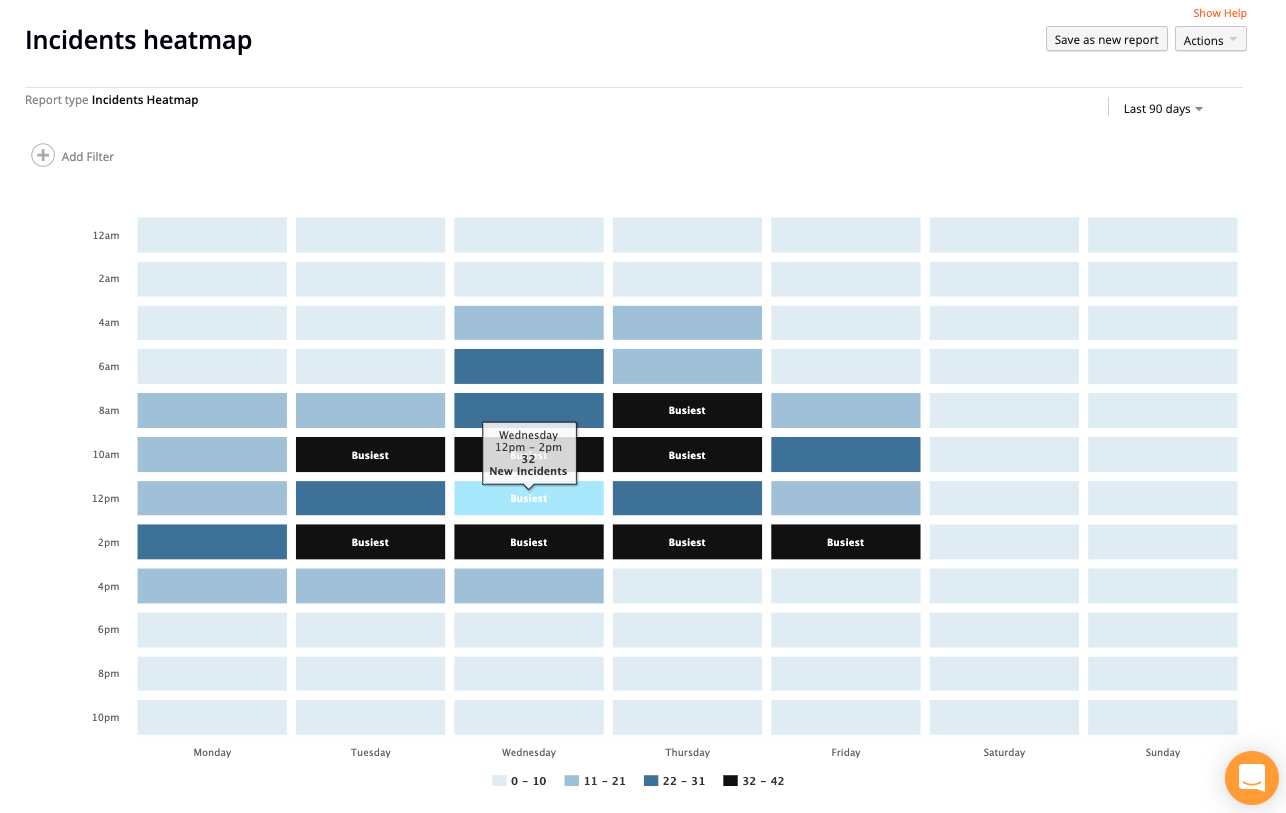If you're experiencing heavy workloads, an influx of tickets, and a shortage of service desk agents, you’re not alone. According to a recent
SDI report, over 35% of service desks planned to increase their staffing levels last year.
While staffing is an obvious way to address an influx of tickets, below are a few strategies you can incorporate into your overall
IT service management process to not only manage but
reduce the number of support tickets or messages your team receives.
Direct Users to a Self-Service Portal
Perhaps the single most important strategy for streamlining ticket resolution is to
encourage service portal adoption among employees.
To get employees to use a service portal, it needs to be intuitive and user-friendly. Old habits can be hard to break, but we’ve seen
organizations get creative when encouraging employees to put down the phone and log in to the portal.
While implementing a service portal and encouraging portal adoption can seem daunting, there are immense benefits—for agents and for employees.
From a service delivery standpoint, if employees submit their tickets or requests through the service portal, those tickets and requests are routed to available support staff rather than getting lost in email inboxes. When employees use a portal, they’re submitting their tickets using request forms that can capture the vital information needed to ensure tickets are routed and prioritized appropriately up front.
This reduces the need for back-and-forth communication and helps speed up resolution times. Employees are able to get back to work quicker and agents can move on to the next item in their queues.
Implement a Knowledge Base
What if you could prevent tickets from ever hitting the incident queue in the first place? Part of the beauty of a service portal is that it can be an incredibly valuable self-service resource. And a robust collection of
knowledge base articles is the foundation you need for employees looking for solutions to common questions or issues.
A helpful and
easy-to-use knowledge base filled with how-to or setup guides can not only reduce support tickets by helping employees find answers themselves, but it can also save your service desk agents a lot of time.
Employees can access self-service knowledge base articles, and your IT staff can begin to build their own back-end database of articles based on previously resolved incidents – making future incidents much simpler to resolve.
Even if you start with a few simple knowledge base articles (like a quick guide on accessing employee benefits), you can add more advanced tutorials as needed. The main goal is to take repetitive requests and tickets out of the hands of your service desk agents and empower your employees to resolve them on their own (with instruction, of course!).
Provide Proper Documentation
Whenever implementing a new system or process, whether it be accessing a VPN for the first time or resetting a password, a good practice is to create this type of documentation for employees.
Depending on the channel you communicate to employees through, taking the time to create PDF files, articles, walkthrough videos, and other forms of media is another strategy to help reduce the number of inbound questions you may receive.
Creating alerts is another tactic to keep employees up to date with what’s going on at any time, from outages to planned maintenance. By recommending employees check your company’s service portal during these types of events, you can help protect against too many tickets or messages being opened by employees who otherwise may be unaware.
Add Staff During Peak Hours
One easy to overlook strategy to help manage an influx tickets is to
use data to your advantage.
Incident heatmaps can help highlight what times or days teams typically experience increased ticket volume. With this data at your disposal, you can plan accordingly and add more staff members during these peak hours.

For example, if you notice an increase in tickets around 12 p.m. you may want to work with your team to stagger lunch breaks to accommodate for this increase.
Getting Started
When identifying opportunities for either reducing inbound tickets or better managing them, it’s important to provide employees with as many helpful resources as possible.
A great starting point is to identify existing internal documentation your team has available. From there, you can adjust it as needed and add it to a knowledge base that employees can access via a self-service portal. From there, you can work on building out your service request forms and the automated workflows that power them.
As you begin to plan your course of action for reducing an influx of tickets and messages using an
AI-powered service desk solution, see how launching a powerful service portal could revolutionize your IT department in this whitepaper.
Click to Download: The Power of the Portal [Whitepaper]  For example, if you notice an increase in tickets around 12 p.m. you may want to work with your team to stagger lunch breaks to accommodate for this increase.
For example, if you notice an increase in tickets around 12 p.m. you may want to work with your team to stagger lunch breaks to accommodate for this increase.








